Album Premiere: Flickers At The Station by Samara Lubelski
Samara Lubelski is the minimalist avant-garde yet straight-to-the-point multi-instrumentalist we all aim to become. For some, acquiring wisdom either means playing “by the book” and not knowing how to break out; or tipping over the edge into sonic experimentation only those with trained ears can appreciate. With Flicker At The Station it’s a little bit of both—the songs embrace an elegance that only an artist who understands the balance between restriction and playfulness can create.
Growing up in Soho, New York, Lubelski started out as a violinist and quickly thereafter took on guitar, bass, cello, and vocals. Since her 1997 debut of In the Valley, Lubelski has released eight other full length records while also adding her musicality to albums from the Fiery Furnaces, Thurston Moore, and The Tower Recordings. Throughout her career, Lubelski has been praised for her proficiency as a recording engineer and improvisational artist both in the city of New York and in Germany. Needless to say, Lubelski knows what’s up.
In a small town in Germany, nestled in between mountains and beauty, Flickers At The Station was born. The record is officially out tomorrow, May 11th on Drawing Room Records but today, we give you a first look at the album in full. Listen below and read a little about the making of it, and the instrumentation behind the record.
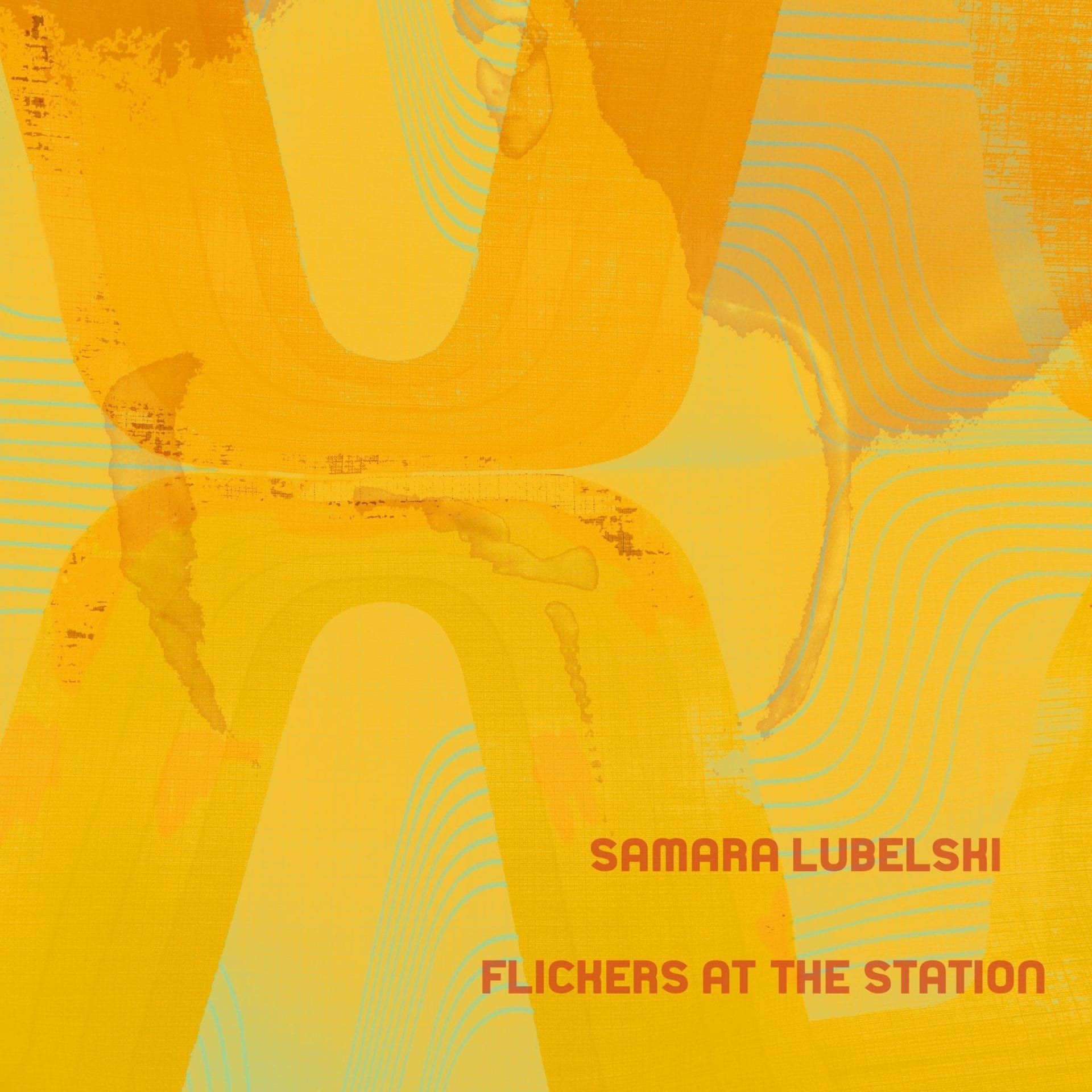
Best described as:
If Sonic Youth turned their amps down to 5 and collaborated with Blonde Redhead and Sales.
Short list of instrumentation:
- Les Paul guitar
- Teisco bass
- E-Bow
- Solina String Synth
- Roland TR-66 Rhythm arranger
- Farfisa Compact organ
- Vox Organ
- Rhodes electric piano
- Mini Moog
- Korg PS 3100
- Roand Space Echo
- Premier Vibraphone
- Vox and Fender Deluxe Reverb amps
- Violin
Tell me a little bit about the environment, time period, and focus of this record? Where did you record it, when, how, and what significant role does Flickers At The Station have in your career as an engineer/multi-instrumentalist/improviser/and songwriter?
Writing of Flickers At the Station began in late 2015, early 2016. It’s similar to most of my previous solo records in that the songs and lyrics were written in NYC before going to the studio, Sumsilobatem [recording studio], in Degenfeld, Germany. All of the solo records have been partly recorded, and sometimes mixed, at Sumsilobatem in a village in S. Germany, nestled in between a couple of mountains. This was the first record where we decided to record and mix the entire record there. Although, some of the hand drums and drum machine tracks done on the Tascam 388 in NYC, made it on. The trumpet tracks got sent in from NYC at a late stage. Once in the studio there was quite a lot of experimenting and getting lost chasing the rabbit down the hole, but looking back, this was a record where the bar was set higher than usual in terms of the writing and the overdubs.
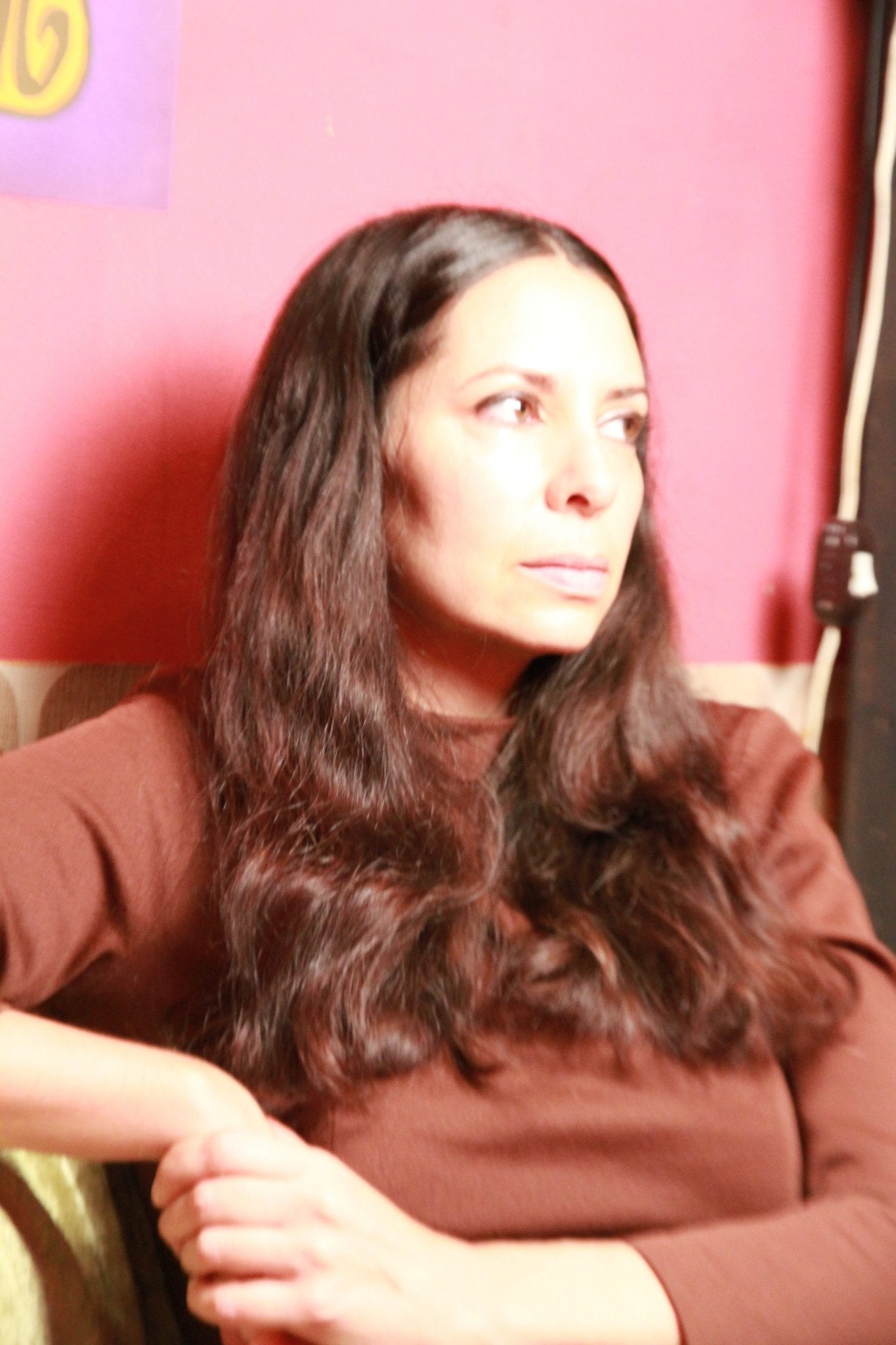
As a recording engineer and multi-instrumentalist—what does your approach to recording look like and how have you seen it evolve in Flickers At The Station?
I stepped back from the recording of this record. Thilo Kuhn made the microphone choices and mixed. In terms or tracking, we always record to tape and it’s always guitar and vocals first, to a click track, or the Roland TR-66 in this case (apologies to the drummers). Then there’s a long period of tracking and experimentation with overdubs. I’ll have ideas about elements from specific records that I’ll try to incorporate. That doesn’t usually stick, but it’s a helpful starting point. Sumsilobatem is a bit of a studio Shangri-La. The collection of instruments is astounding. The celeste, vibraphone, Mellotron and Rhodes tend to be go to instruments, but the sounds got expanded a bit on this record with the keyboard choices and some carefully used Roland Space Echo (outboard).
One of the things I love about this record is its straightforward approach to rhythm, giving room to melodic intricacies and recording enhancements that provide accents throughout the songs. My question is: where does this minimalist approach come from? Is there any specific technique being utilized in this record in terms of “less is more” or using a certain voice/instrument to make your point come across more?
I’m going to guess it’s because the vocals and guitars always track first. They set the tone and melodic structure. For better or worse, all the overdubs that follow will defer to those as the guiding elements of the track.
What were the specific instruments involved in making this record and Were there any other people involved as well?
The Sumsilobatem studio belongs to the band Metabolismus. We’ve done loads of records, tours and projects together including Flickers At the Station (and a good bit of all the other solo song records). There’s some overlap of instruments between players—Werner Nötzel did a few Mini Moog and Guitar overdubs (and overall main man for instrument and sound suggestions), Julian Rippert did most of the drums, Thilo Kuhn did much of the keyboards and synths (Solina String Synth, Korg, Rhodes) and Moritz Finkbeiner did a few of the Vox and Farfisa organ tracks. Plus, from the NY side, we had Spencer Herbst (hand drums, gong and Stylus Synthesizer) and Cole Kamen-Green (on trumpets).
My last question is, how will this record be set up live?
Good question. With most of the players on the record living in Germany…yet to be seen.

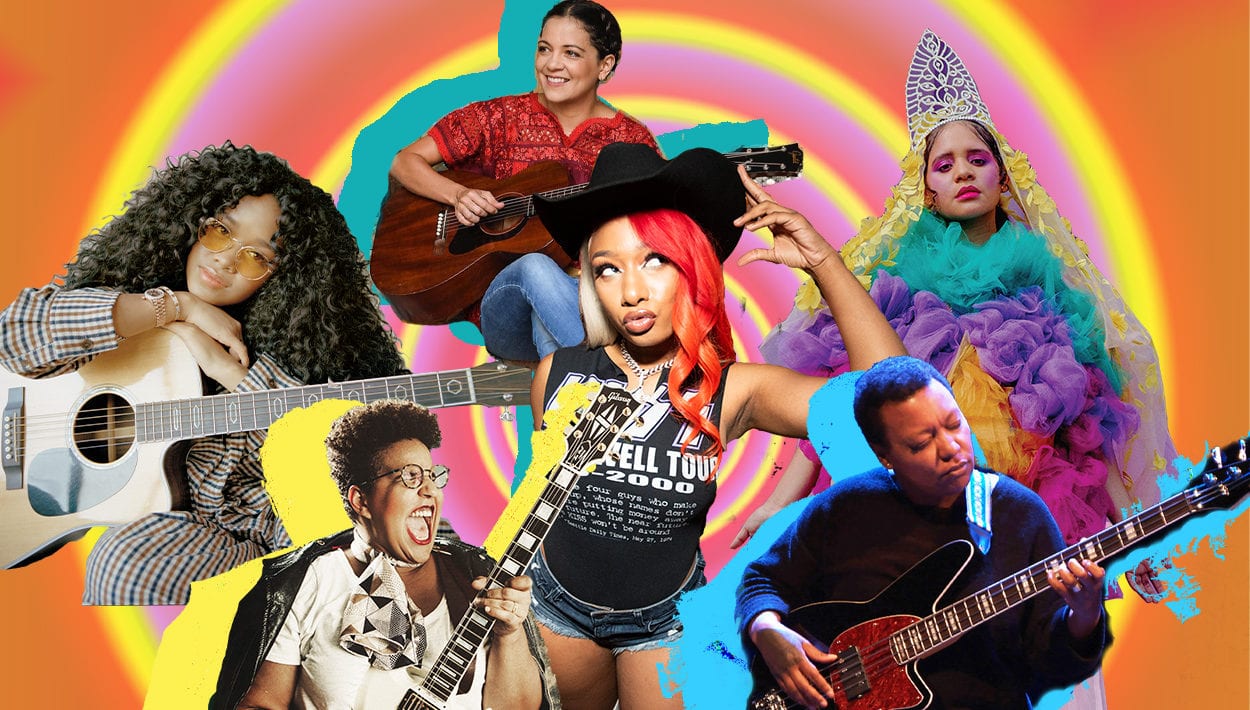
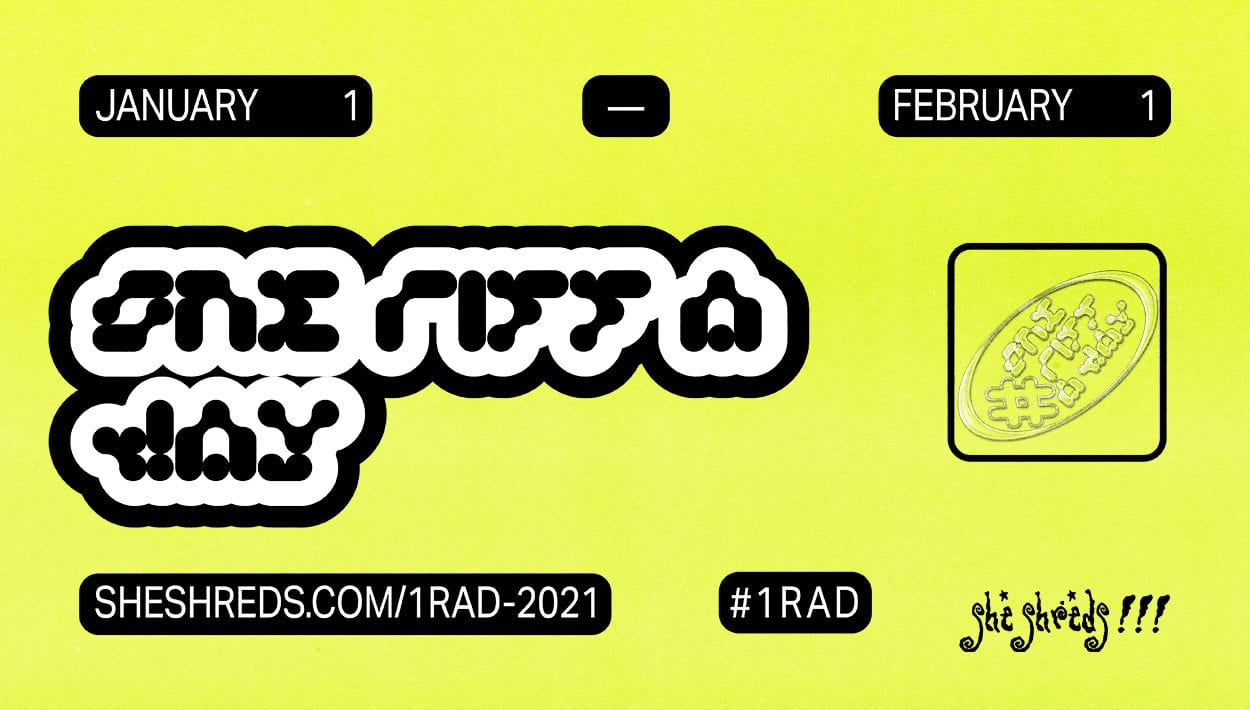
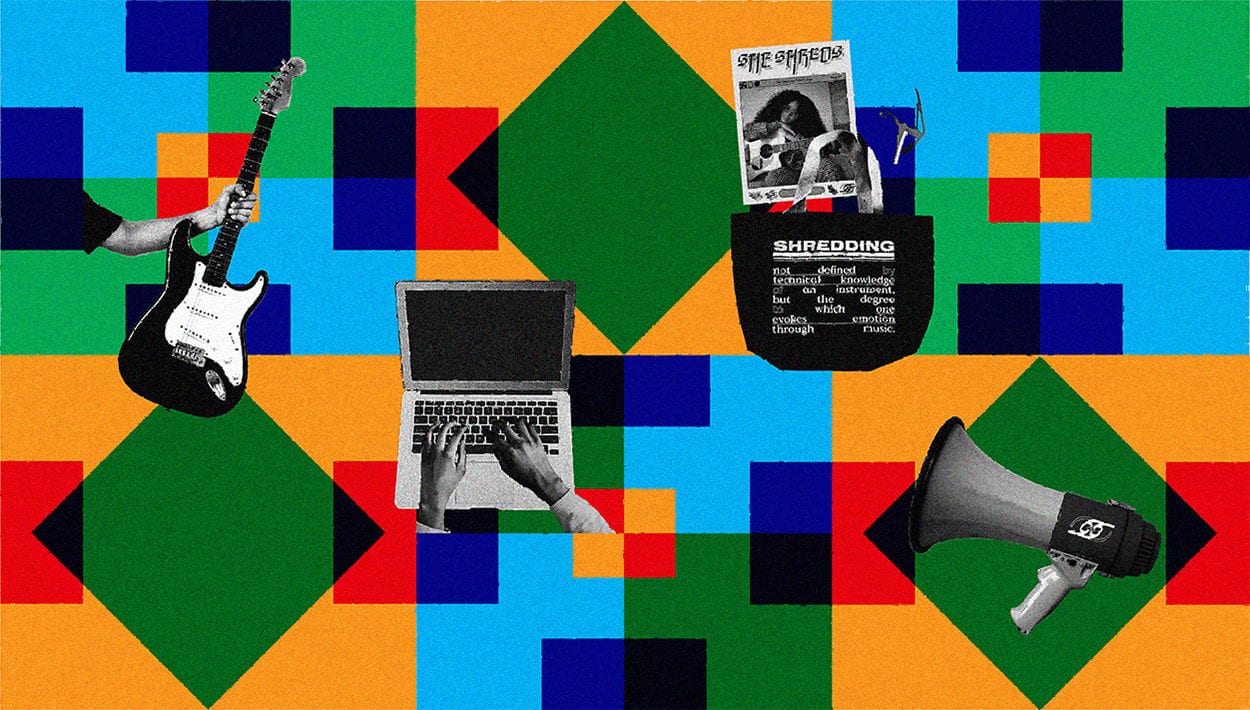
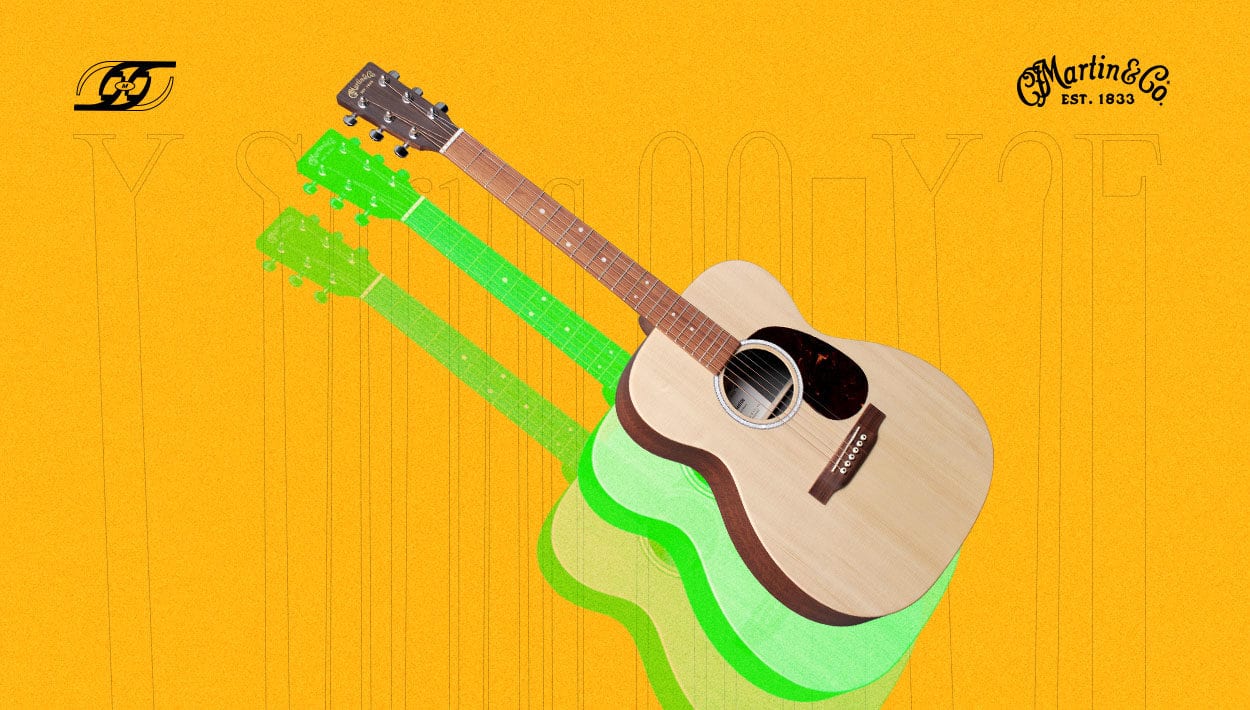
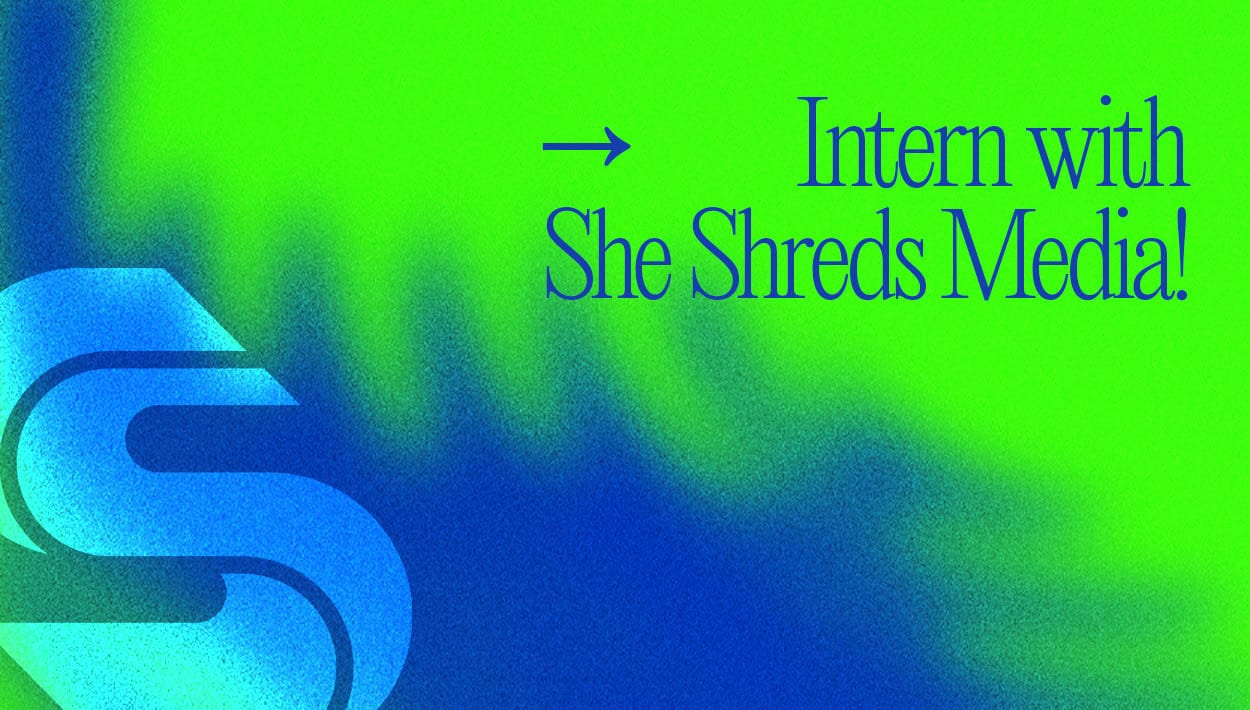

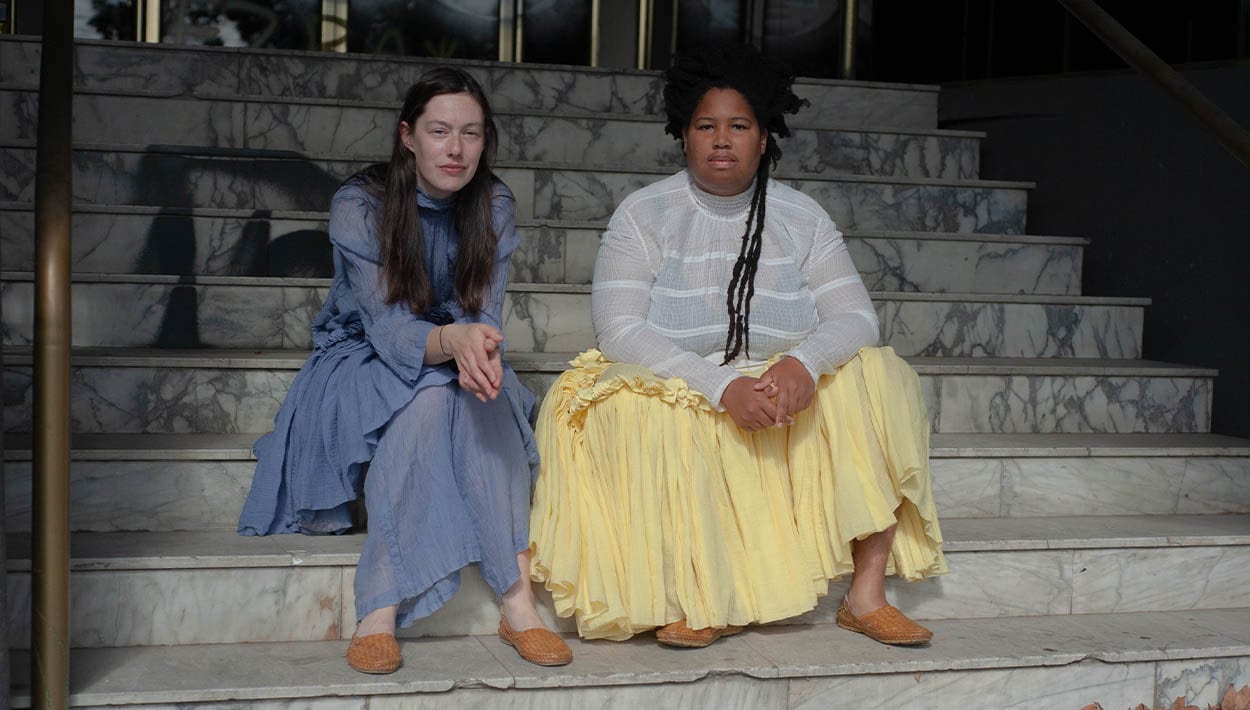
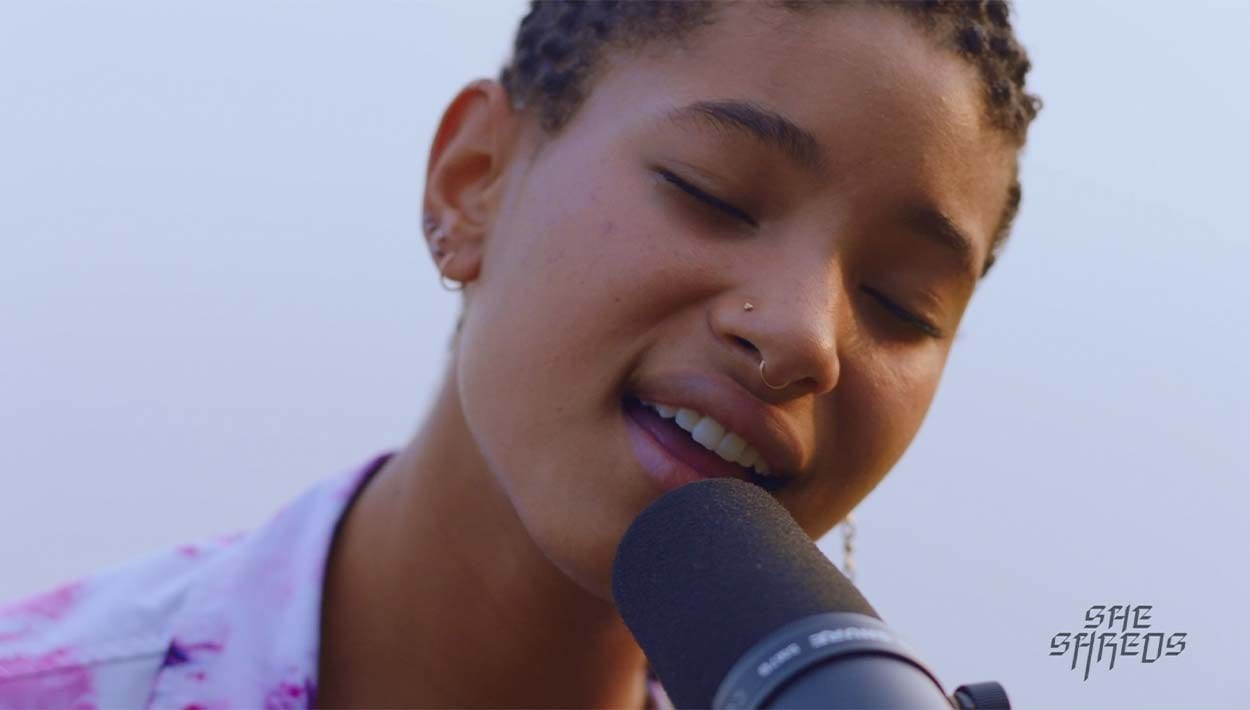
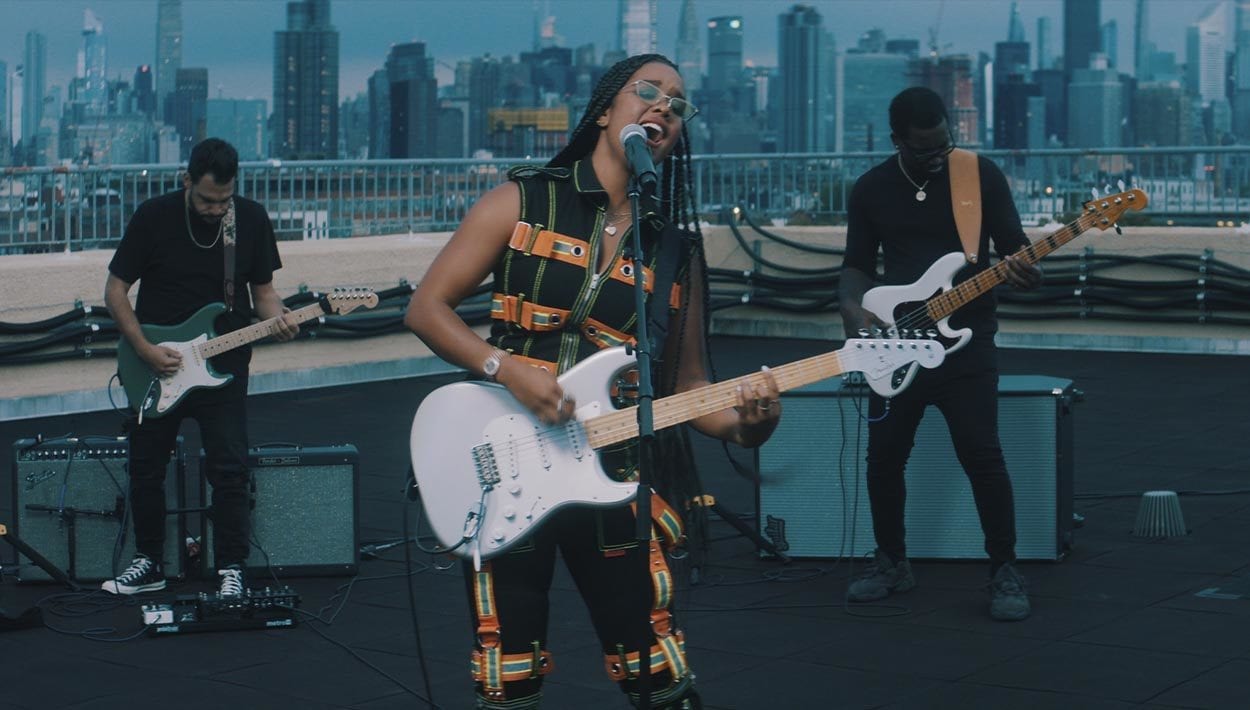
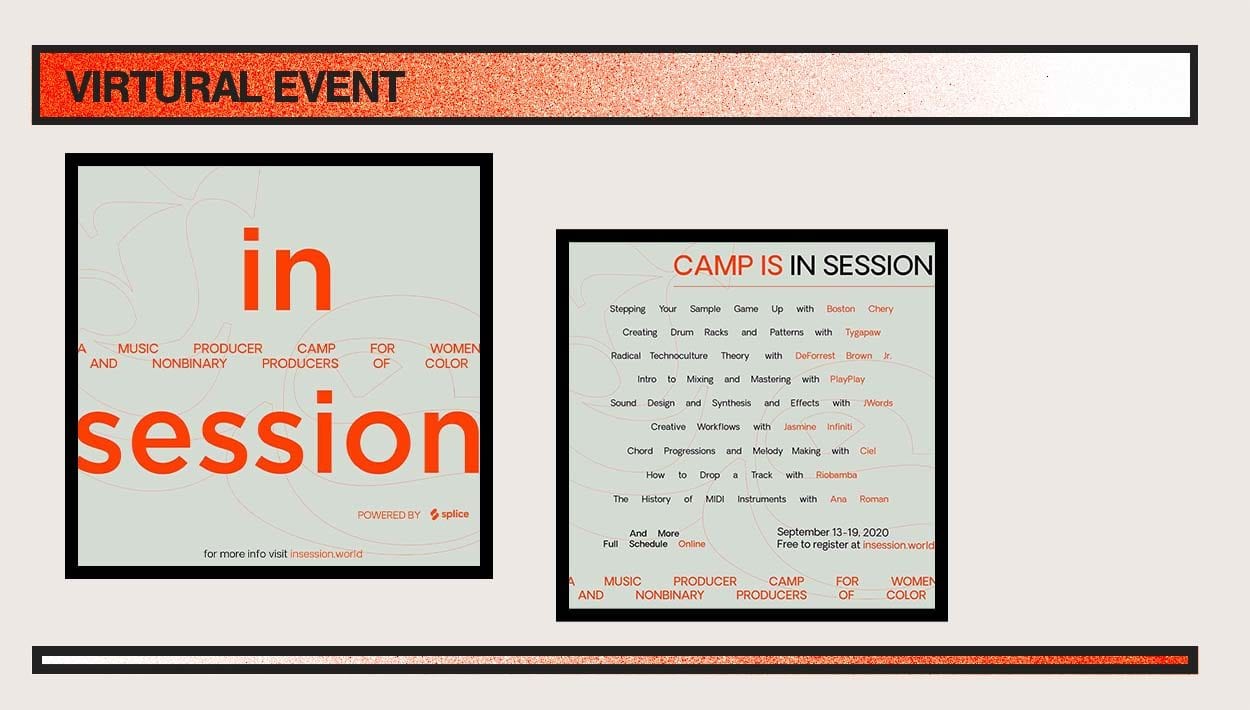


Comments
In my view, not countless bloggers own so countless ideas to build unique, interesting posts. Thank you for undertaking it and I wish you didn’t lose the determination to make the unique ones!
Comment by Jenny on May 21, 2018 at 1:50 pmhttp://www.watford-escorts.com/girl/jenny
I totally accept with the past reader. I believe the great inspiration and good responses are great basis to compose high excellence content.
Comment by Cara on May 21, 2018 at 1:52 pmhttps://woking-escorts-agency.co.uk/meet-cara-girl.html
I have usually thought about how to create top superiority components and publish them on the weblog. Today I should say that the work isn’t for me. I keep it for certified writers.
Comment by Isla on May 21, 2018 at 1:53 pmhttps://watford-escort-girls.com/meet-isla-girl.html
It is very confusing to make a specialised texts in a brief time period and even posses minds full of tips to generate new ones. I must express that the blogger is a professional author.
Comment by Charlotte on May 21, 2018 at 1:54 pmhttps://uxbridge-escorts.com/meet-charlotte-girl.html
Here is a brief doubt to ask – how to produce this sort of ideal review? It shows almost all attributes what make a close post. Here is a getting name and interesting content. Well-done!
Comment by Nina on May 22, 2018 at 10:18 amhttps://reading-escorts-agency.com/meet-nina-girl.html
I should declare that it’s one of the most worthwhile posts I have ever understand. It’s also properly printed. I’m an English instructor so I see what I suggest.
Comment by Samantha on May 22, 2018 at 10:18 amhttp://www.paddington-escorts.net/meet-samantha-girl.html
Awesome article! It completely is a pure pleasures to review it. Congratulation! Well done! I’m looking for much more texts.
Comment by Rhonda on May 22, 2018 at 10:19 amhttps://reading-escort-girls.co.uk/meet-rhonda-girl.html
Hey every girl! It’s very fun article. I am astonished that you are so capable. I failed to confidence you!
Comment by Naomi on May 22, 2018 at 10:20 amhttps://reading-escorts-agency.co.uk/meet-naomi-girl.html
Right now here is a light inquire to consult – how to generate such a awesome post? It shows all components what make a good content. There is a getting heading and interesting content. Well done!
Comment by Erin on June 5, 2018 at 12:56 pmhttp://www.stalbans-escorts.com/girl/erin
I need confess that it is 1 of the most worthwhile articles I have actually understand. It actually is also skilfully printed. I am an french instructor so I know what I mean.
Comment by Simone on June 5, 2018 at 12:57 pmhttp://www.stansted-escort.com/girl/simone
Excellent post! It is actually a 100 % pure delight to see it. Congratulation! Well done! I am just looking for additional texts.
Comment by Daniella on June 5, 2018 at 12:58 pmhttp://www.stratford-escorts.com/girl/daniella
Hey everybody! It actually is very fascinating post. I really am amazed that you are so good. I didn’t confidence you!
Comment by Becky on June 5, 2018 at 12:59 pmhttp://www.watford-escorts.com/girl/becky
Congratulation on creating fantastic posts! I ought to think that the review is a significant grade text and it fulfills all kinds of criteria. Well done.
Comment by Stacey on June 5, 2018 at 1:00 pmhttp://www.windsor-escort.com/girl/stacey
Hey. There is a concern for everyone who search for big excellence articles. Will you seek an additional blog? If you question me I will express absolutely no. That website is perfect for me!
Comment by Diana on June 5, 2018 at 1:01 pmhttp://www.windsor-escorts.com/girl/diana2
Hello everyone welcome to basketball games You are a basketball enthusiast !!! You want to get involved with an impressive basketball game or simply a game player. Have fun
Comment by famitofu on June 27, 2018 at 1:55 amWhen I can I love supporting businesses who realize their employees are their most valuable resource. But I’m usually broke so I have to witness soulless Walmart employees. Walmart likes money.
Comment by mandi ken on September 17, 2018 at 11:47 pmhttps://www.assignmentspot.co.uk/
gooog
Comment by goo on September 18, 2018 at 3:02 am